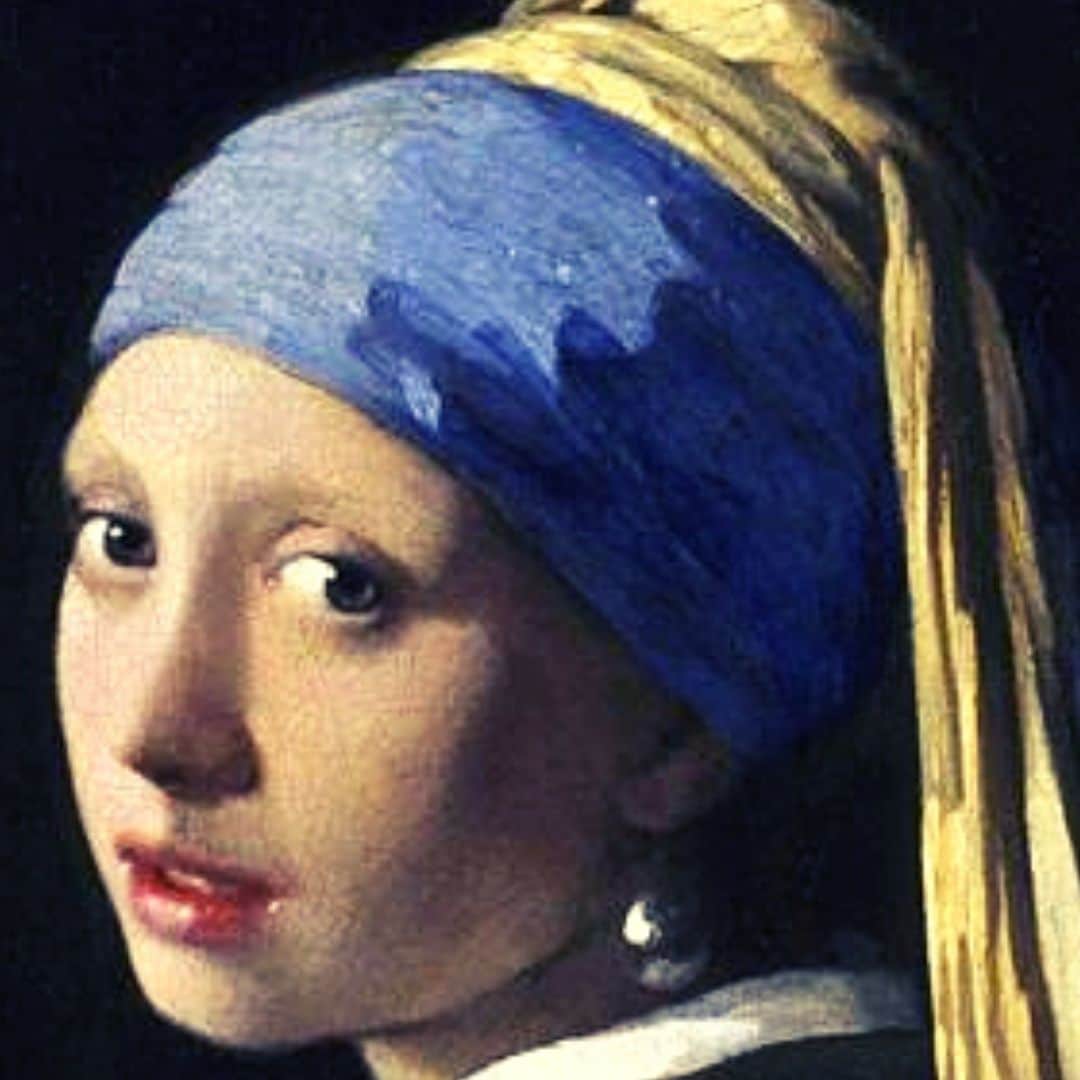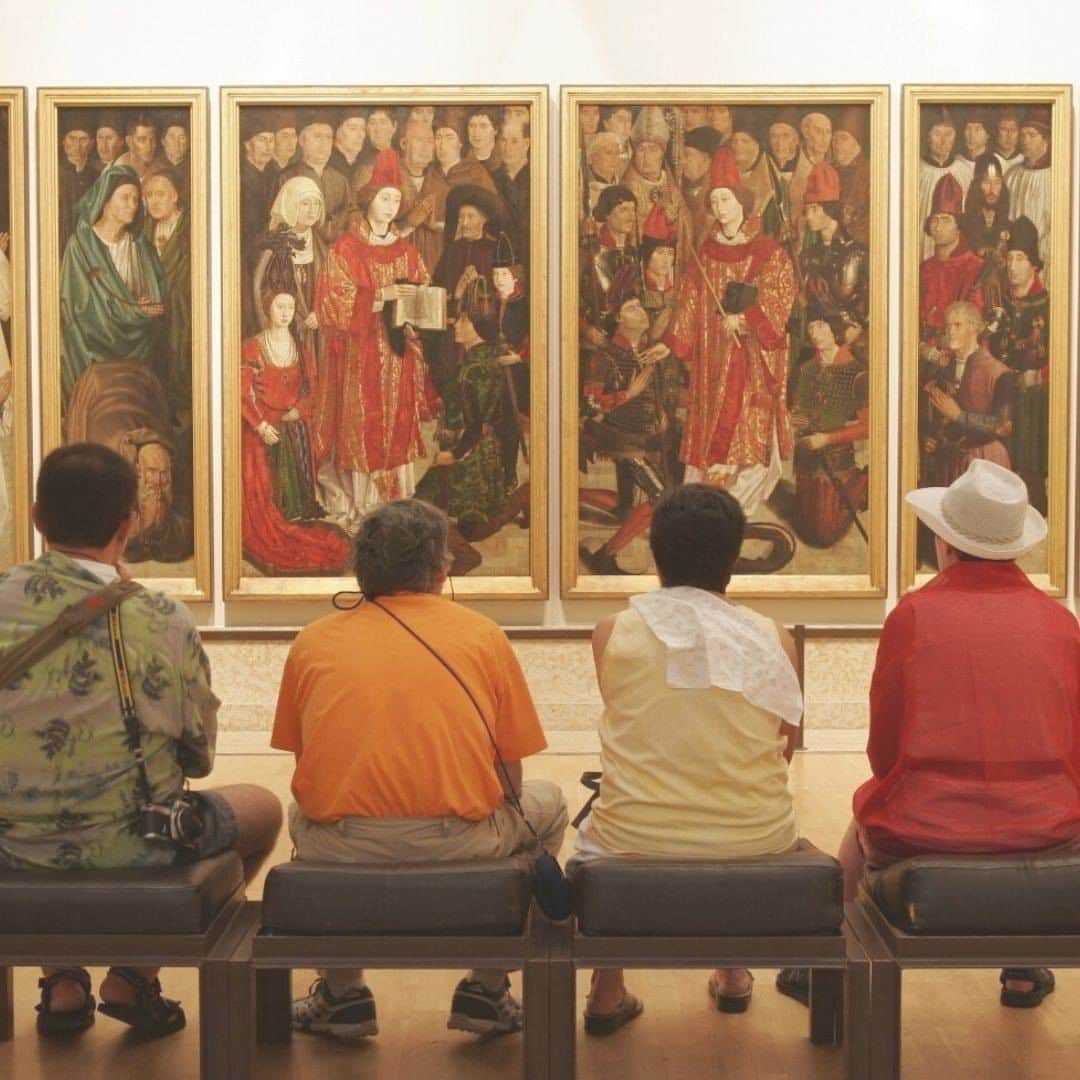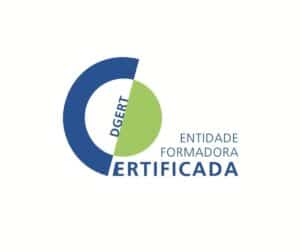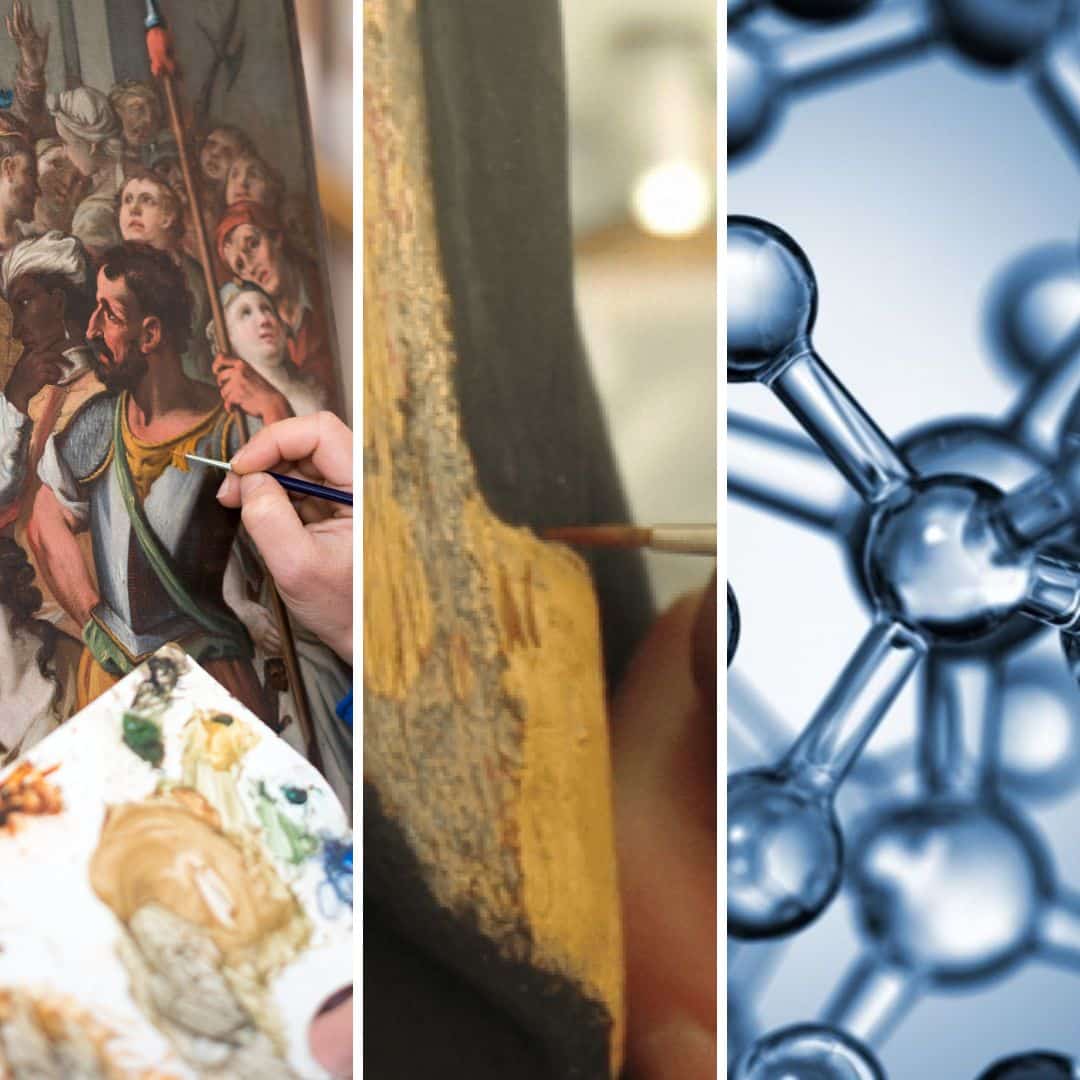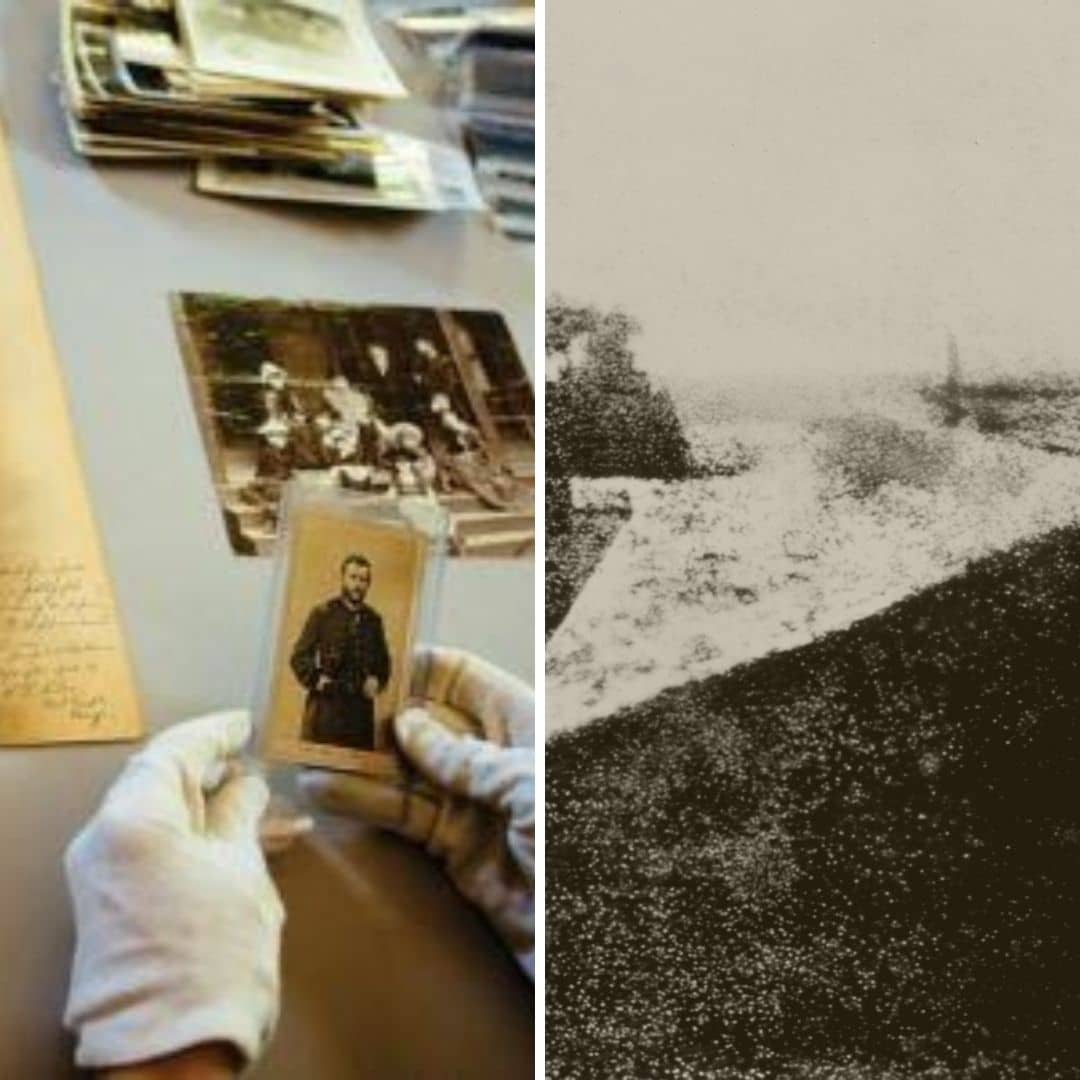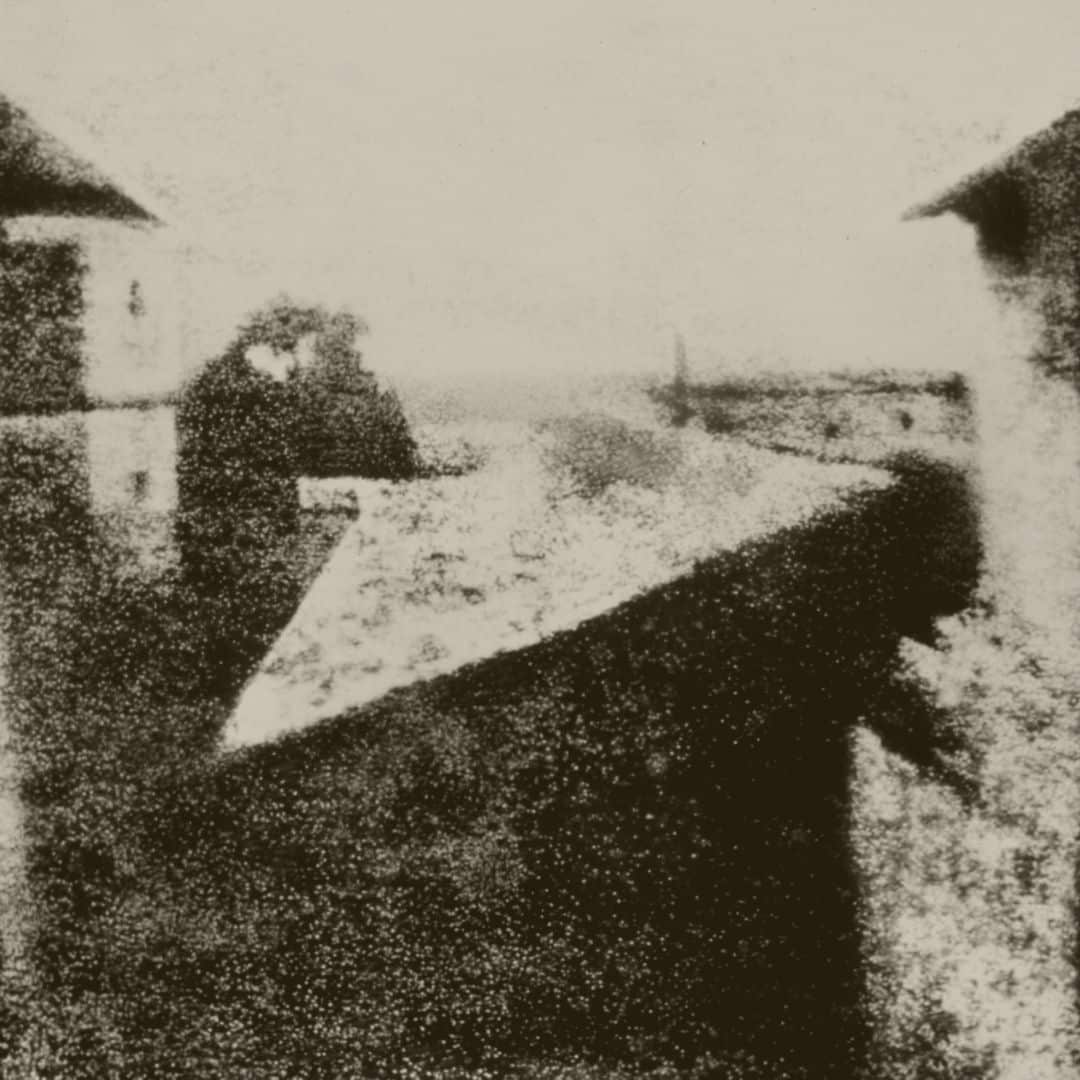Learn about art communication based on the analysis and interpretation of works of art.
The 2 courses package includes the online courses: Analysing art and Art curating.
Save 30%
The bundle of 2 certified online courses Art Communication includes:
Language: English
Also available in: Português | Español
The course fee ( 2 courses bundle Art Communication ) includes access 24 hours / day for unlimited time to:
- Lessons for each theme of the programs
- Downloadable e-books
- Links to articles, videos and websites
- Assessment (1 final questionnaire per course)
- Certificate (1 certificate per course).
Who should take this Online Courses about art communication ?
How it works
Art Curating – Exhibition
Unit 1 – The exhibition of a work of art
- The work of art
- The exhibition of a work of art
- Museums
- Alternative exhibition spaces
- Five exhibitions that went down in history (and one that should not have happened)
Unit 2 – Art curating
- The curatorial activity: concepts and definitions
- The tasks of the curator
- The role of the art critic
- The Team
Unit 3 – Exhibition planning
- Initial Planning
- Establish the theme / concept
- Define audiences
- Select the collection
- Designing an exhibition project
Unit 4 – Exhibition – From assembly to evaluation
- The Assembly
- Assembly
Lighting
Circulation
Team training
- Assembly
- Communication with visitors
- Labels and panels
- Composition of texts
- Multimedia
- Signage
- Print media and Apps
- Preventive Conservation
- The Preventive Conservation
- Risk assessment methodology
- Contingency plan
- Evaluation
- Evaluation methodologies
- Assessment levels
Unit 5 – Exhibitions in the digital age
- The Exhibitions in the digital age
- The Google Arts & Culture
- Digital Art
- Digital Exhibitions
Analysing Art
1. Analysing Art
a) Reading / Interpreting
b) Writing about Art: concepts of visual rhetoric and visual literacy
2. Painting
Elements of formal analysis
1. Identification;
2. Technical data;
3. Thematic;
4. Function;
5. Structure (basic and essential considerations);
6. Composition
- Contents: iconography and symbolism
- Thematic categories in painting
- Practical analysis of a painting (Mrs. Richard Brinsley Sheridan, by Thomas Gainsborough)
3. Sculpture
Elements of formal analysis
1. Identification;
2. Technical and structural data;
3. Thematic;
4. Function;
5. Composition.
- Types of sculpture
- Practical analysis of a sculpture (Funerary lion (unknown author; c. 350 BC).
4. Architecture
1. Identification;
2. Construction function or purpose;
3. Structure;
4. Relationship between function and structure;
5. Relationship between the history and geography of the construction site and architectural forms.
- Practical analysis of an architectural work (Central Tejo, Lisbon)


